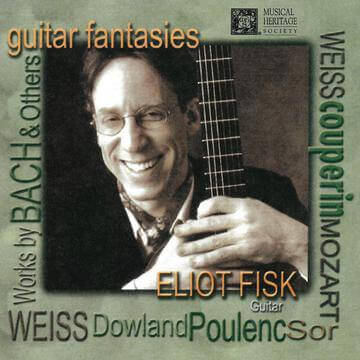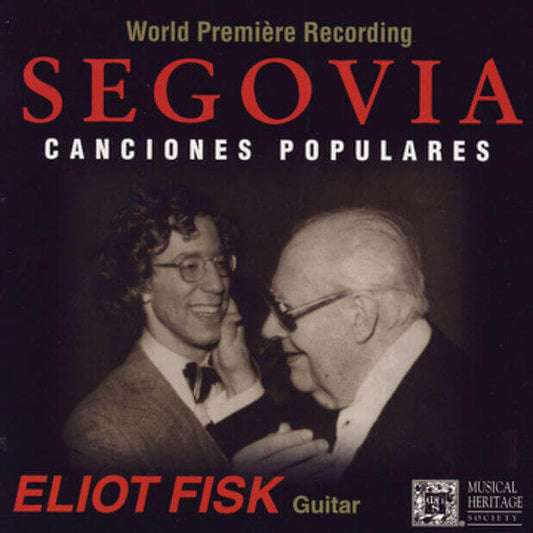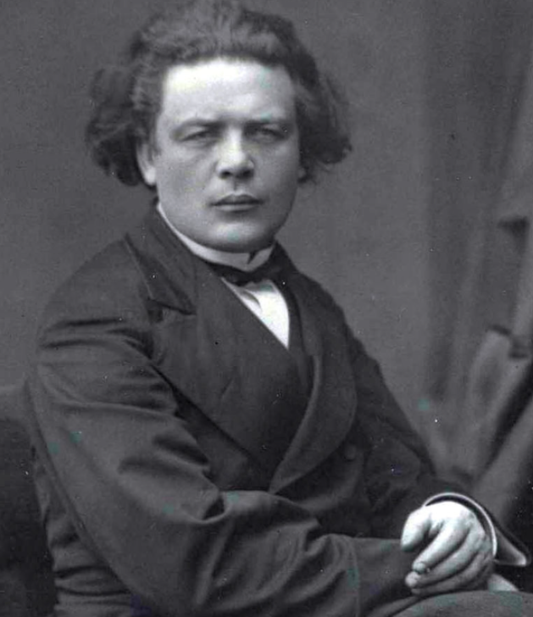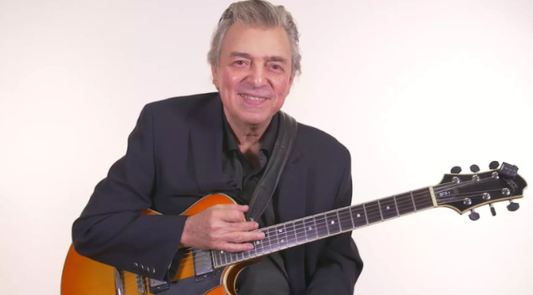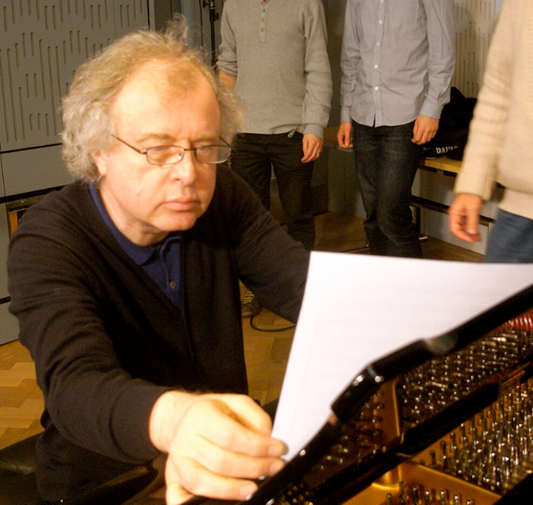Collection: ANDRES SEGOVIA (1893-1987)
Andrés Segovia Torres (1893-1987) stands as arguably the most pivotal figure in the history of the classical guitar. More than just a virtuoso performer, he was a tireless crusader who single-handedly elevated the instrument from the intimate confines of salons and taverns to the grand stages of the world's most prestigious concert halls. His unwavering dedication, pioneering technique, and relentless expansion of the repertoire transformed the perception and potential of the classical guitar, securing its place as a legitimate solo concert instrument.
Born in Linares, Jaén, Spain, Segovia was captivated by the sound of the guitar from a young age. In an era dominated by the piano and violin, the guitar was widely dismissed by the musical establishment as a folk instrument lacking serious artistic merit. Formal guitar instruction was scarce, and Segovia was largely self-taught, developing his own unique approach against considerable opposition, even from his own family who wished him to pursue law. Undeterred, he forged his path, driven by an innate musicality and a profound belief in the guitar's expressive capabilities.
His formal debut in Madrid in 1909 marked the beginning of a revolution. Segovia astonished audiences not only with his technical prowess but also with the sheer beauty and range of tone he coaxed from the instrument. A key element of his sound was his revolutionary technique, employing a combination of fingernail and fingertip on his right hand, which allowed for greater clarity, volume, and tonal variation than the purely fingertip method common at the time.
Recognizing the limitations of the existing guitar repertoire, Segovia embarked on a two-pronged mission to expand it. Firstly, he meticulously transcribed hundreds of works originally composed for other instruments, including pieces by masters like J.S. Bach (most famously the Chaconne in D minor), Handel, Haydn, and Mozart. These transcriptions demonstrated the guitar's capacity for complex counterpoint and nuanced expression, proving it could handle the demands of serious classical music.
Secondly, and perhaps more significantly, Segovia actively collaborated with contemporary composers, persuading them to write original works specifically for the guitar. He cultivated relationships with leading figures like Manuel Ponce of Mexico, Joaquín Turina and Federico Moreno Torroba of Spain, Mario Castelnuovo-Tedesco of Italy, and Heitor Villa-Lobos of Brazil. These collaborations resulted in a wealth of now-standard concert pieces, including Ponce's "Concierto del Sur," Castelnuovo-Tedesco's Guitar Concerto No. 1, and Villa-Lobos's Etudes and Preludes, all dedicated to Segovia. This influx of high-quality, original repertoire was crucial in establishing the guitar's legitimacy.
Segovia's concert career spanned nearly eight decades, taking him across continents and cementing his international stardom. His recitals were legendary, showcasing not only his technical mastery but also his deeply personal and romantic interpretations. Through countless performances and pioneering recordings, he introduced the classical guitar to vast new audiences, inspiring generations of players.
Beyond performing, Segovia was a dedicated teacher, holding influential masterclasses in Siena, Santiago de Compostela, and later at institutions like the University of Southern California. His students became leading figures in the guitar world, carrying forward his technical principles and artistic vision.
Andrés Segovia's legacy is monumental. He transformed the classical guitar's identity, built its core repertoire, established its concert tradition, and inspired countless musicians. His name remains synonymous with the instrument he championed with such passion and artistry, forever remembered as the father of the modern classical guitar. His life's work ensured that the humble six-stringed instrument would finally achieve the respect and recognition he always knew it deserved.

